Itchy blistering skin rash. Understanding Blistering Skin Rashes: Causes, Symptoms, and Treatment Options
What are the common causes of blistering skin rashes. How can you identify different types of skin blisters. What are the most effective treatments for blistering skin conditions. When should you seek medical attention for a skin rash with blisters.
The Nature and Characteristics of Skin Blisters
Skin blisters are fluid-filled sacs that form on the upper layers of skin. They can vary in size, appearance, and cause, ranging from minor irritations to symptoms of serious medical conditions. Understanding the nature of blisters is crucial for proper identification and treatment.
Blisters typically contain clear fluid, but may sometimes be filled with blood or pus. The outer layer of a blister acts as a protective barrier, helping to prevent infection and promote healing. While most blisters heal on their own without intervention, some may require medical attention depending on their cause and severity.
Common Causes of Skin Blisters
- Friction and pressure
- Burns and scalds
- Viral infections
- Bacterial infections
- Allergic reactions
- Autoimmune disorders
- Extreme temperatures (heat or cold)
Viral Infections Causing Blistering Rashes
Several viral infections can cause blistering skin rashes. These conditions often have distinct characteristics that help in their identification.
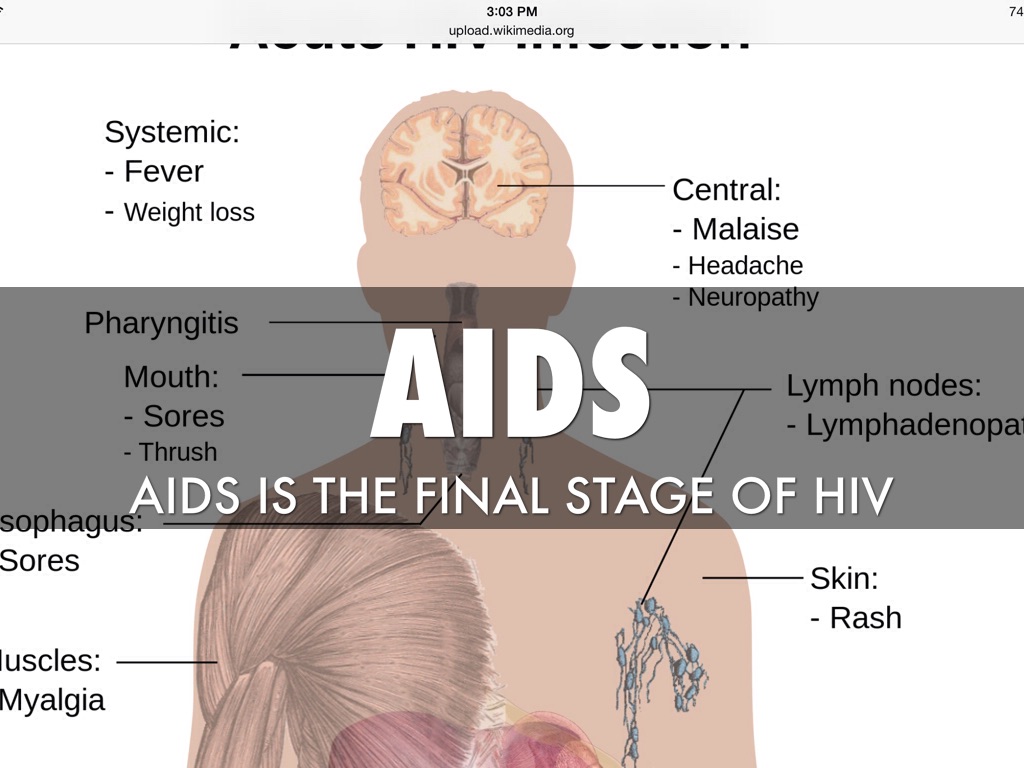
Herpes Simplex Virus (HSV)
Herpes simplex virus infections, commonly known as cold sores (oral herpes) or genital herpes, cause painful clusters of small blisters. These blisters typically contain clear fluid and eventually crust over. HSV-1 primarily causes oral herpes, while HSV-2 is responsible for most cases of genital herpes, although cross-infection can occur.
Is herpes contagious before blisters appear. Yes, herpes can be contagious even before visible symptoms emerge. The virus may shed and spread during the prodromal phase, which includes symptoms like tingling or itching in the affected area.
Varicella-Zoster Virus (VZV)
The varicella-zoster virus is responsible for two distinct conditions: chickenpox and shingles.
Chickenpox presents as itchy, red blisters spread across the body. These blisters appear in various stages of healing and are accompanied by fever and other flu-like symptoms. Shingles, a reactivation of the dormant chickenpox virus, causes a painful, blistering rash typically confined to a specific area on one side of the body.
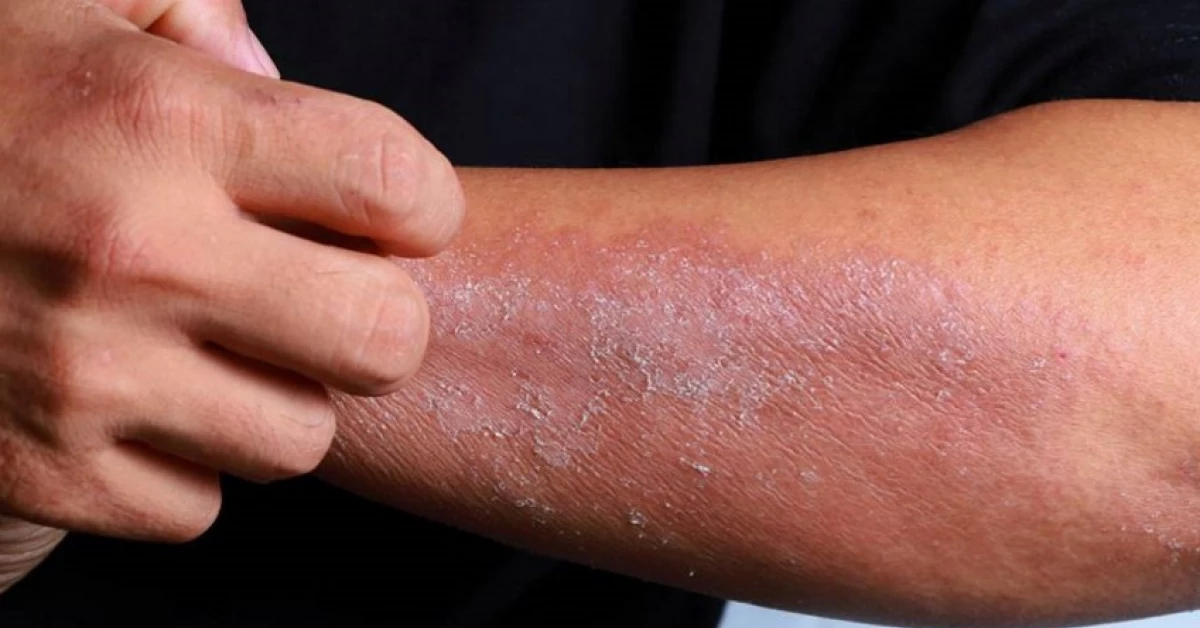
Bacterial Infections and Blistering Skin Conditions
Bacterial infections can also lead to blistering skin rashes, often requiring medical intervention for proper treatment.
Impetigo
Impetigo is a highly contagious bacterial skin infection, primarily affecting children. It causes red sores that quickly rupture, ooze, and form a honey-colored crust. While it can occur anywhere on the body, it most commonly affects the face, especially around the nose and mouth.
How is impetigo treated. Impetigo is typically treated with topical or oral antibiotics, depending on the severity of the infection. Good hygiene practices, including regular handwashing and avoiding touching the affected areas, are crucial in preventing the spread of impetigo.
Erysipelas
Erysipelas is a bacterial infection affecting the upper layers of the skin. It causes a raised, red, and often painful rash that may be accompanied by fever and chills. In some cases, blisters may form on the affected area.
Allergic and Autoimmune Blistering Disorders
Certain allergic reactions and autoimmune conditions can manifest as blistering skin rashes, often requiring specialized treatment approaches.
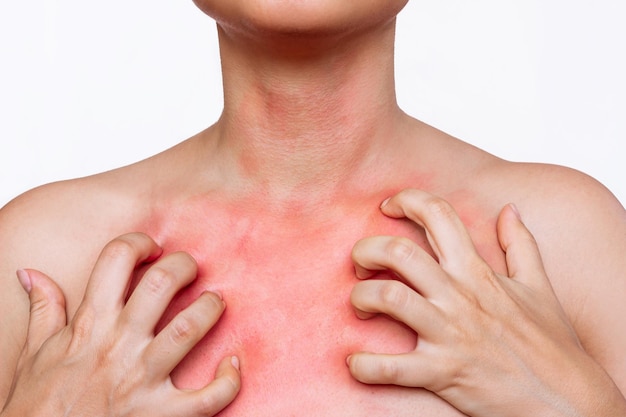
Contact Dermatitis
Contact dermatitis occurs when the skin comes into contact with an allergen or irritant. It can cause redness, itching, and in some cases, the formation of small blisters. Common triggers include certain metals, plants like poison ivy, and various chemicals found in everyday products.
Pemphigoid and Pemphigus
Pemphigoid and pemphigus are rare autoimmune disorders that cause blistering of the skin and mucous membranes. In pemphigoid, large, tense blisters form on the skin, while pemphigus vulgaris causes painful blisters that easily rupture and can affect both the skin and mucous membranes.
How are autoimmune blistering disorders treated. Treatment for these conditions typically involves immunosuppressive medications to reduce the autoimmune response. Corticosteroids, both topical and systemic, are often used in conjunction with other immunomodulating drugs to manage symptoms and prevent complications.
Environmental Factors and Blistering Skin Conditions
Environmental factors, including extreme temperatures and chemical exposure, can lead to blistering skin conditions.
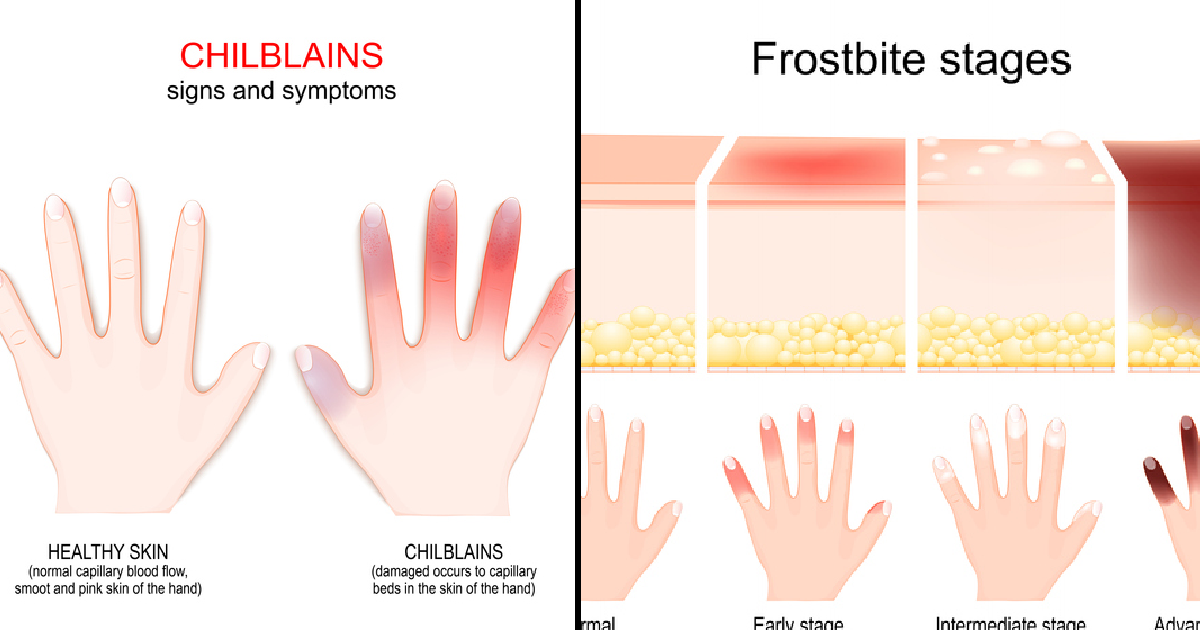
Burns
Second-degree burns often result in the formation of blisters. These burns affect both the epidermis and part of the dermis, causing intense pain, redness, and swelling in addition to blistering.
Frostbite
Frostbite occurs when skin and underlying tissues freeze due to exposure to extremely cold temperatures. In severe cases, blisters may form as the affected area begins to thaw. These blisters can be filled with clear fluid or blood.
Specialized Blistering Conditions
Some blistering skin conditions have unique characteristics or are associated with specific triggers or underlying health issues.
Dyshidrotic Eczema
Dyshidrotic eczema, also known as pompholyx, causes small, intensely itchy blisters on the palms of the hands and soles of the feet. The exact cause is unknown, but it may be related to allergies, stress, or exposure to certain metals.
Dermatitis Herpetiformis
Dermatitis herpetiformis is a chronic, intensely itchy skin condition associated with celiac disease. It causes small, fluid-filled blisters and bumps, typically on the elbows, knees, buttocks, and back.
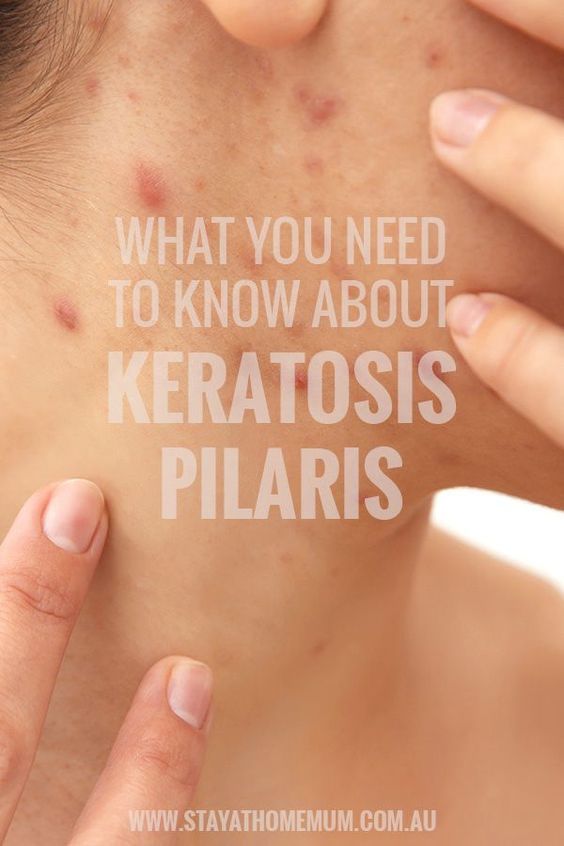
Can dermatitis herpetiformis be cured. While there is no cure for dermatitis herpetiformis, the condition can be managed effectively through a strict gluten-free diet and, in some cases, medications like dapsone. Adhering to a gluten-free diet not only helps control skin symptoms but also prevents potential complications associated with celiac disease.
Treatment Approaches for Blistering Skin Conditions
The treatment of blistering skin conditions varies depending on the underlying cause, severity of symptoms, and individual patient factors. However, some general principles apply to many cases.
General Care for Blisters
- Leave blisters intact when possible to prevent infection
- Keep the affected area clean and dry
- Use soft, protective coverings if necessary
- Avoid further irritation or friction to the blistered area
Medical Treatments
Depending on the specific condition, medical treatments may include:
- Antiviral medications for viral infections like herpes or shingles
- Antibiotics for bacterial infections such as impetigo or erysipelas
- Immunosuppressive drugs for autoimmune blistering disorders
- Topical corticosteroids to reduce inflammation and itching
- Antihistamines to alleviate itching in allergic reactions
When should you seek medical attention for a blistering rash. It’s advisable to consult a healthcare provider if the blistering rash is widespread, painful, or accompanied by fever. Additionally, seek medical care if the blisters show signs of infection, such as increased redness, warmth, or pus, or if they don’t heal within a reasonable timeframe.

Prevention and Long-term Management of Blistering Skin Conditions
While not all blistering skin conditions can be prevented, there are steps individuals can take to reduce their risk or manage chronic conditions effectively.
Preventive Measures
- Practice good hygiene to prevent bacterial infections
- Avoid known allergens or irritants that trigger contact dermatitis
- Use appropriate protective gear when engaging in activities that may cause friction blisters
- Maintain a strong immune system through a healthy lifestyle
- Stay up-to-date with vaccinations, particularly for conditions like chickenpox
Managing Chronic Conditions
For individuals with chronic blistering conditions, long-term management strategies are crucial:
- Adhere to prescribed treatment plans and medication regimens
- Attend regular follow-up appointments with healthcare providers
- Monitor for early signs of flare-ups and seek prompt treatment
- Implement lifestyle modifications as recommended (e.g., gluten-free diet for dermatitis herpetiformis)
- Utilize stress-reduction techniques, as stress can exacerbate some conditions
How can you differentiate between different types of blistering rashes. While a definitive diagnosis often requires medical evaluation, certain characteristics can help distinguish between different blistering conditions:
- Location and distribution of blisters
- Size and appearance of blisters
- Associated symptoms (e.g., pain, itching, fever)
- Timing and progression of the rash
- Known triggers or recent exposures
However, it’s important to note that many conditions can present similarly, and professional medical assessment is crucial for accurate diagnosis and appropriate treatment.
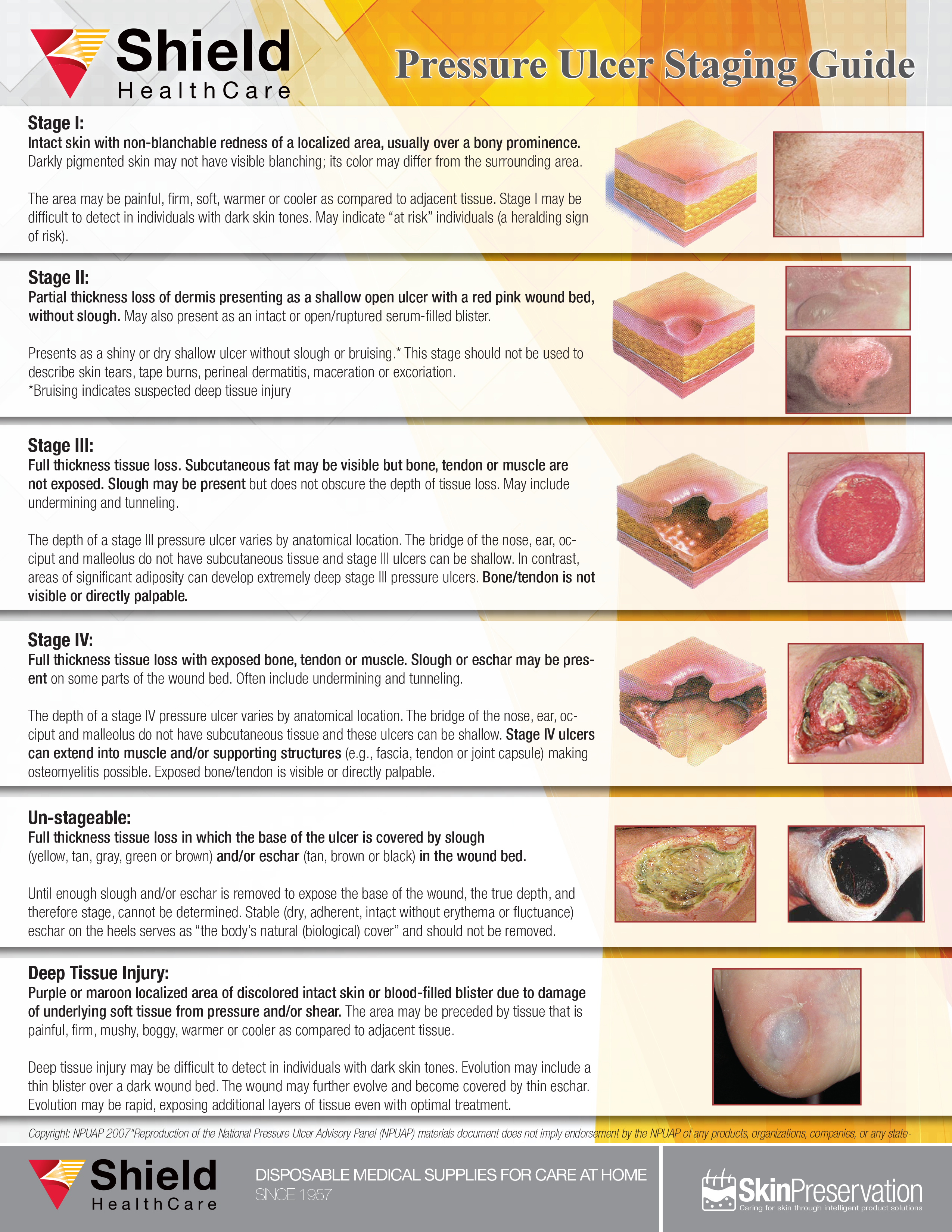
The Impact of Blistering Skin Conditions on Quality of Life
Blistering skin conditions can significantly affect an individual’s quality of life, extending beyond physical discomfort to psychological and social impacts.
Physical Effects
The physical effects of blistering skin conditions can be substantial:
- Pain and discomfort
- Itching and burning sensations
- Difficulty performing daily activities
- Increased risk of secondary infections
- Potential scarring or skin discoloration
Psychological and Social Impacts
The visible nature of many blistering skin conditions can lead to psychological distress and social challenges:
- Decreased self-esteem and body image issues
- Anxiety and depression
- Social isolation or avoidance of activities
- Stigma, particularly with conditions like herpes
- Disruption of work or school attendance
How can individuals cope with the psychological impact of blistering skin conditions. Coping strategies may include:
- Seeking support from mental health professionals
- Joining support groups or online communities
- Practicing stress-reduction techniques like meditation or yoga
- Educating oneself and others about the condition to reduce stigma
- Focusing on overall health and well-being
Healthcare providers should address both the physical and psychological aspects of blistering skin conditions to provide comprehensive care and support for affected individuals.

Emerging Research and Future Directions in Treating Blistering Skin Conditions
The field of dermatology continues to evolve, with ongoing research aimed at improving our understanding and treatment of blistering skin conditions.
Advances in Immunology
Research into the immune mechanisms underlying autoimmune blistering disorders is leading to the development of more targeted therapies. These include:
- Biologic drugs that target specific components of the immune system
- Gene therapy approaches for genetic blistering disorders
- Personalized medicine strategies based on individual immune profiles
Novel Treatment Modalities
Innovative treatment approaches are being explored for various blistering conditions:
- Topical gene therapy for epidermolysis bullosa
- Stem cell therapies for severe autoimmune blistering disorders
- Advanced wound healing technologies for faster resolution of blisters
- Nanotechnology-based drug delivery systems for enhanced efficacy
What potential breakthroughs can we expect in the treatment of blistering skin conditions. While it’s difficult to predict specific breakthroughs, areas of promising research include:
- Development of more effective and less toxic immunosuppressive therapies
- Improved understanding of the genetic basis of blistering disorders, leading to gene-based therapies
- Advanced diagnostic tools for earlier and more accurate identification of blistering conditions
- Novel approaches to preventing blister formation in susceptible individuals
- Integration of artificial intelligence in diagnosis and treatment planning
As research progresses, the hope is for more targeted, effective, and personalized treatments that can significantly improve outcomes for individuals with blistering skin conditions.

Blisters: Pictures, Causes, and Outlook
Warning: Graphic images ahead.
1. Herpes simplex
The herpes virus causes painful blisters that occur alone or in clusters, weep clear yellow fluid, and then crust over. On the mouth, it is known as a cold sore. On the genitals, it is known as genital herpes and is a sexually transmitted infection (STI).
Most often, the viruses HSV-1 and HSV-2 cause oral and genital lesions, respectively. Less commonly, HSV-1 can also cause genital herpes.
The blisters may be triggered by stress, menstruation, illness, or sun exposure. The infected site often starts to itch or tingle before the actual appearance of blisters.
Learn more about cold sores and genital herpes.
2. Impetigo
Impetigo is a common bacterial infection in babies and children. It causes an irritating rash and fluid-filled blisters that pop easily and form a honey-colored crust.
The rash is often located in the area around the mouth, chin, and nose.
Read more about impetigo.
3. Burns
This condition is considered a medical emergency. Urgent care may be required.
Burn severity is classified by depth and size: first-degree, second-degree, and third-degree. The blisters will usually form if it is a second-degree burn.
Read more about burns.
4. Contact dermatitis
Contact dermatitis appears hours to days after an area of skin has been in contact with an allergen or irritant.
The skin becomes itchy, red, scaly, or raw. Blisters can form, which weep, ooze, or become crusty.
Read more about contact dermatitis.
5. Aphthous stomatitis
Aphthous stomatitis is also known as a canker sore. it can be triggered by an infection, injury, stress, and other diseases.
The ulcers are round or oval with a red, inflamed border and yellow or white center.
Read more about canker sores.
6. Frostbite
This condition is considered a medical emergency. Urgent care may be required.
Urgent care may be required.
Frostbite is caused by extreme cold and can affect fingers, toes, nose, ears, cheeks, or chin.
The symptoms include numbness and discoloration of the skin, along with blisters filled with fluid or blood in severe cases.
Read more about frostbite.
7. Shingles
Shingles is caused by the varicella-zoster virus, which also causes chickenpox.
It’s a very painful rash of fluid-filled blisters, typically appearing in a linear stripe pattern on one side of the body, often accompanied by low fever, chills, headache, or fatigue.
Read more about shingles.
8. Chickenpox
In chickenpox, clusters of itchy, red, fluid-filled blisters in various stages of healing all over the body.
The rash is accompanied by fever, body aches, sore throat, and loss of appetite. Chickenpox remains contagious until all blisters have crusted over.
Read more about chickenpox.
9. Dyshidrotic eczema
Dyshidrotic eczema is a condition that causes itchy blisters to form, often on the hands or feet.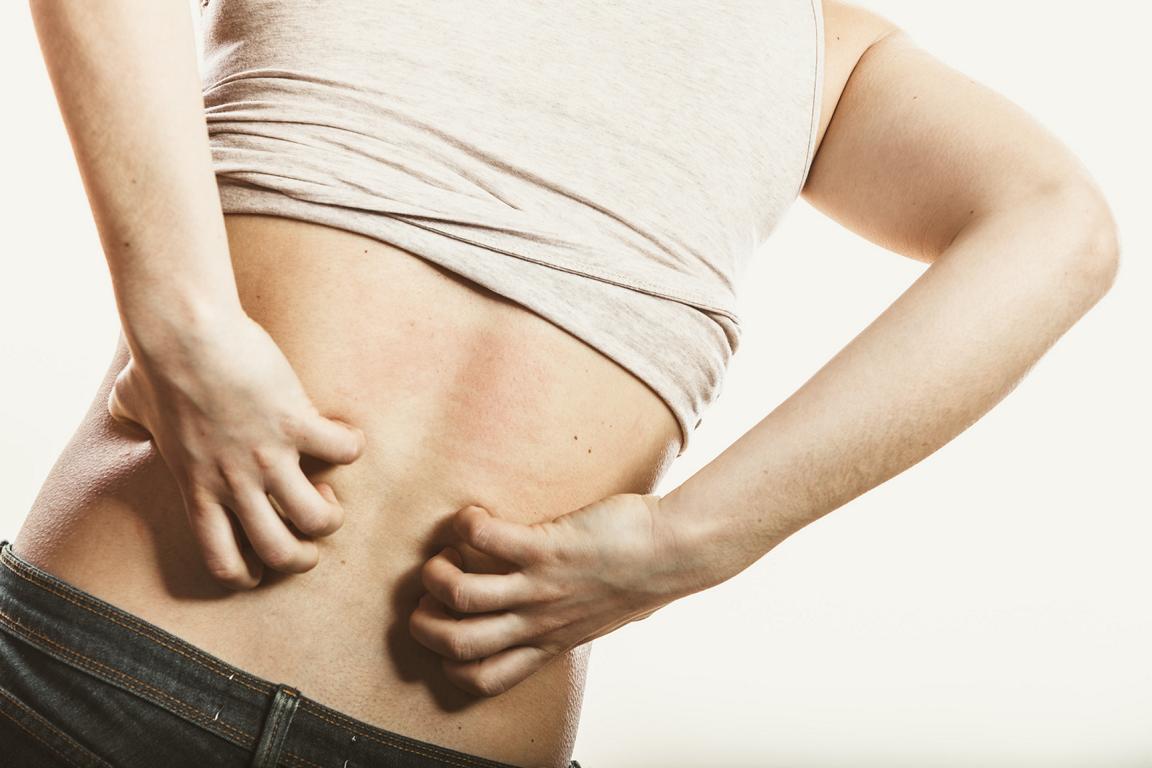
The cause is unknown, but it may be related to allergies. Symptoms include dry, red, scaly skin and deep cracks.
Read more about dyshidrotic eczema.
10. Pemphigoid
Pemphigoid is a rare autoimmune disorder causing a skin rash and blisters on various parts of the body.
There are various types of pemphigoid that are based on where and when the blistering occurs.
A red rash is often the first sign of pemphigoid. Later thick and large blisters form, containing clear fluid or blood. If they burst, they typically hurt.
Read more about pemphigoid.
11. Pemphigus vulgaris
Pemphigus vulgaris is a rare autoimmune disease that affects the skin and mucous membranes of various parts of the body, including the face, genitals, and even the lungs.
It causes painful, itchy blisters that break and bleed easily and can cause pain when eating or swallowing.
Read more about pemphigus vulgaris.
12. Erysipelas
Erysipelas is a bacterial infection in the upper layer of the skin.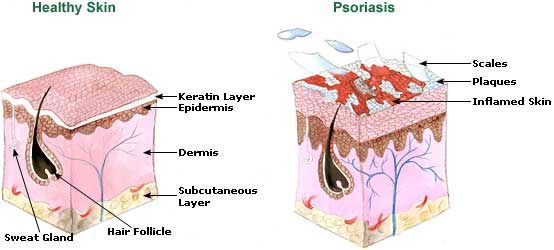
It’s usually caused by the group A Streptococcus bacterium (GAS). Symptoms can include fever and chills, swelling on the skin, and blisters on the affected area.
Read more about erysipelas.
13. Dermatitis herpetiformis
Dermatitis herpetiformis is an itchy, blistering, burning skin rash that’s associated with celiac disease.
The symptoms include extremely itchy bumps filled with clear liquid that form and heal in waxing and waning cycles.
Read more about dermatitis herpetiformis.
Most blisters require no treatment. If you leave them alone, they’ll disappear, and the top skin layers prevent infection. You can cover a skin lesion if it’s contagious, such as shingles, when there are active lesions.
Don’t puncture a blister unless it’s very painful, as the skin over the fluid protects you from infection. If the cause is friction, chemicals, or allergens, the best treatment is to avoid what’s causing your skin to blister.
Blisters caused by infections should be evaluated by a doctor. In addition to medication for the infection, they may be able to give you something to treat the symptoms.
In addition to medication for the infection, they may be able to give you something to treat the symptoms.
Some conditions that can cause blisters, such as pemphigus vulgaris, don’t have a cure and can only be managed with medications. This may include steroid creams to relieve skin rashes or antibiotics to cure skin infections.
For the most common blisters — those caused by friction on the skin of your feet — you can make changes such as wearing well-fitting shoes and thickly cushioned socks. Have a bandage on hand in case they start to form.
Read this article in Spanish.
Blisters on Feet: Causes and Treatments
Blisters on Feet: Causes and Treatments
- Health Conditions
- Featured
- Breast Cancer
- IBD
- Migraine
- Multiple Sclerosis (MS)
- Rheumatoid Arthritis
- Type 2 Diabetes
- Articles
- Acid Reflux
- ADHD
- Allergies
- Alzheimer’s & Dementia
- Bipolar Disorder
- Cancer
- Crohn’s Disease
- Chronic Pain
- Cold & Flu
- COPD
- Depression
- Fibromyalgia
- Heart Disease
- High Cholesterol
- HIV
- Hypertension
- IPF
- Osteoarthritis
- Psoriasis
- Skin Disorders and Care
- STDs
- Featured
- Discover
- Wellness Topics
- Nutrition
- Fitness
- Skin Care
- Sexual Health
- Women’s Health
- Mental Well-Being
- Sleep
- Product Reviews
- Vitamins & Supplements
- Sleep
- Mental Health
- Nutrition
- At-Home Testing
- CBD
- Men’s Health
- Original Series
- Fresh Food Fast
- Diagnosis Diaries
- You’re Not Alone
- Present Tense
- Video Series
- Youth in Focus
- Healthy Harvest
- No More Silence
- Future of Health
- Wellness Topics
- Plan
- Health Challenges
- Mindful Eating
- Sugar Savvy
- Move Your Body
- Gut Health
- Mood Foods
- Align Your Spine
- Find Care
- Primary Care
- Mental Health
- OB-GYN
- Dermatologists
- Neurologists
- Cardiologists
- Orthopedists
- Lifestyle Quizzes
- Weight Management
- Am I Depressed? A Quiz for Teens
- Are You a Workaholic?
- How Well Do You Sleep?
- Tools & Resources
- Health News
- Find a Diet
- Find Healthy Snacks
- Drugs A-Z
- Health A-Z
- Health Challenges
- Connect
- Breast Cancer
- Inflammatory Bowel Disease
- Psoriatic Arthritis
- Migraine
- Multiple Sclerosis
- Psoriasis
Medically reviewed by Sarah Taylor, M.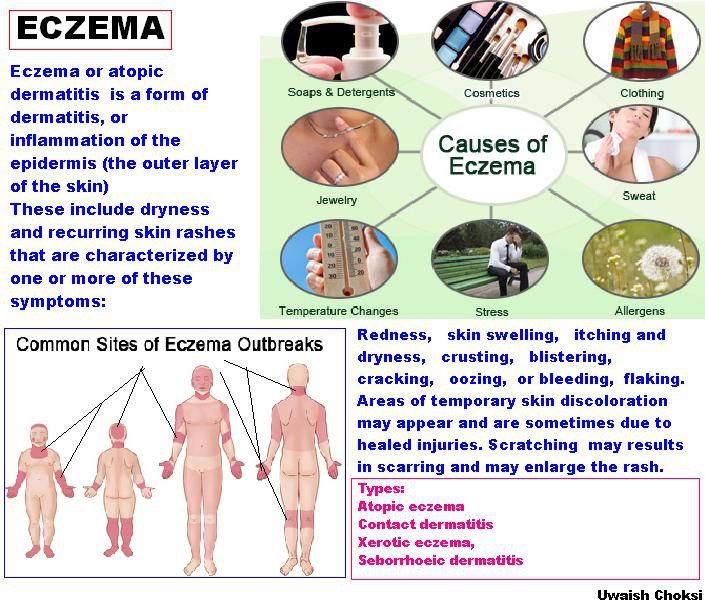 D., FAAD — By Valencia Higuera — Updated on February 2, 2023
D., FAAD — By Valencia Higuera — Updated on February 2, 2023
We include products we think are useful for our readers. If you buy through links on this page, we may earn a small commission Here’s our process.
Healthline only shows you brands and products that we stand behind.
Our team thoroughly researches and evaluates the recommendations we make on our site. To establish that the product manufacturers addressed safety and efficacy standards, we:
- Evaluate ingredients and composition: Do they have the potential to cause harm?
- Fact-check all health claims: Do they align with the current body of scientific evidence?
- Assess the brand: Does it operate with integrity and adhere to industry best practices?
We do the research so you can find trusted products for your health and wellness.
Read more about our vetting process.
Was this helpful?
Having a blister on the foot is common. Fortunately, several home treatments can relieve discomfort and lower the risk of repeated blisters.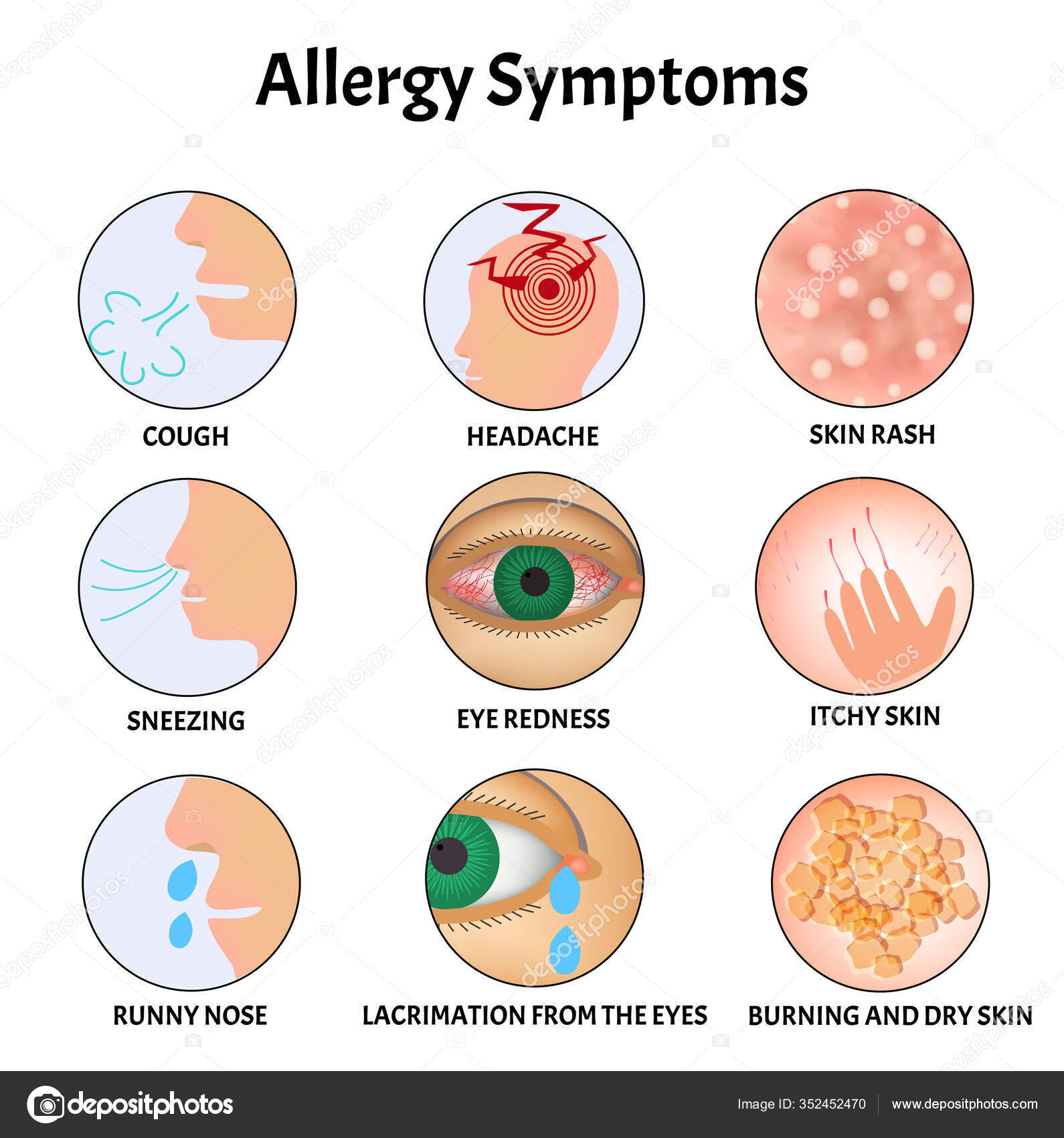
A blister is a small pocket of fluid that forms on an area of the body. These bubbles can vary in size and can occur for different reasons. You may develop one after a skin burn, infection with fungus or bacteria, an insect bite, or trauma.
Depending on its location, a blister can interfere with everyday tasks. For example, if you have a blister on your feet, you may have difficulty walking, exercising, or standing for long periods of time.
If you have blisters on your feet, friction may be the culprit. Walking or standing for several hours a day puts pressure on the heels, soles, and toes. The longer you’re on your feet during the day, the greater your risk for feet blisters.
Of course, not everyone who walks or stands for long periods develops blisters. In many instances, these fluid-filled bubbles result from poorly fitted shoes. Shoes that fit too tightly or too loosely can rub against the skin. This causes friction, and as a result, fluid builds up underneath the upper layer of skin.
Excessive moisture or perspiration can also trigger these skin bubbles. This is common during warm seasons among athletes, particularly runners. Tiny blisters form when sweat clogs the pores in the feet.
Feet blisters can also develop after a sunburn. Other possible causes of blisters on the feet include:
- frostbite
- allergic reaction
- chemical exposure (cosmetics or detergents)
- fungal infections
- chickenpox
- bacterial infection
- herpes
- dyshidrotic eczema
A foot blister caused by friction typically resolves within a few days with home treatments.
Unfortunately, some blisters don’t respond to home treatments or worsen over time. See a doctor if a blister causes severe pain or prevents walking. You should also see a doctor if fever, nausea, or chills accompany a foot blister. This can be a sign of an infection.
Your doctor can drain the blister using a sterile needle. If they suspect an infection, they can examine a sample of the fluid to determine the cause.
You may be tempted to pick at or burst a blister. But you should leave a blister intact because an open blister can become infected. Covering your blister with an adhesive bandage can help protect your blister while it heals.
If you leave a blister alone, it may eventually harden and disappear. Until this happens, the bubble may be uncomfortable, depending on its size. While you shouldn’t burst a blister, safely draining the blister may provide relief. Here are steps to properly drain a blister at home:
- Wash your hands with warm water and antibacterial soap.
- Using a cotton swab, disinfect a needle with rubbing alcohol.
- Clean the blister with antiseptic.
- Take the needle and make a small puncture in the blister.
- Allow fluid to completely drain from the blister.
- Apply antibacterial ointment or cream to the blister.
- Cover the blister with a bandage or gauze.
- Clean and reapply antibacterial ointment daily. Keep the blister covered until it heals.

Preventing blisters on your feet involves addressing the underlying cause. If you develop a blister due to friction, wearing properly fitted shoes is the first line of defense. If your feet rub along a specific area of your shoe, wearing an insole may provide extra padding and reduce friction.
Shop for shoe insoles.
If you’re an athlete, make sure you keep your feet dry. Apply foot powder to reduce sweating, or wear moisture-wicking socks designed for athletes. These socks dry faster and reduce moisture.
Shop for moisture-wicking socks.
If a cosmetic product (powder, lotion, soap) or an allergen triggers blisters on your feet, avoiding the irritant reduces the likelihood of new blisters. For blisters caused by a medical condition, discuss possible treatments with your doctor. If you treat an underlying problem, you may lower your risk of blisters.
Read this article in Spanish.
Last medically reviewed on May 18, 2017
How we reviewed this article:
Healthline has strict sourcing guidelines and relies on peer-reviewed studies, academic research institutions, and medical associations.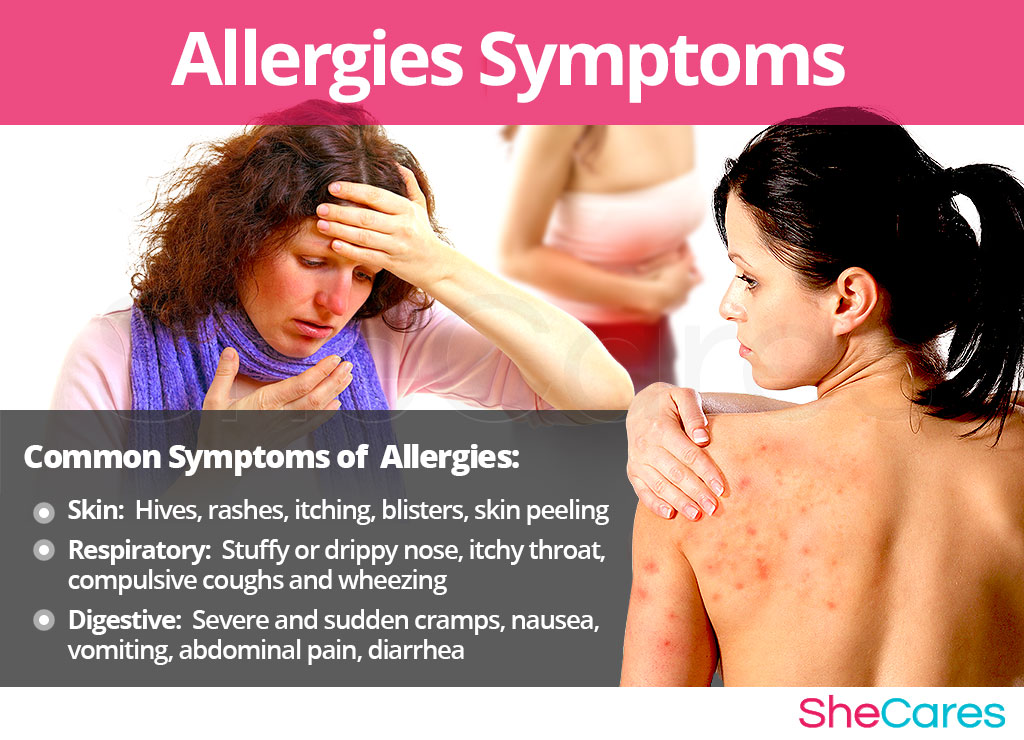 We avoid using tertiary references. You can learn more about how we ensure our content is accurate and current by reading our editorial policy.
We avoid using tertiary references. You can learn more about how we ensure our content is accurate and current by reading our editorial policy.
- Blisters – Treatment. (2015).
nhs.uk/Conditions/Blisters/Pages/Treatment.aspx - Causes of blisters. (n.d.).
ipfh.org/foot-conditions/foot-conditions-a-z/blisters/causes-of-blisters - Mayo Clinic Staff. (2015). Blisters: First aid.
mayoclinic.org/first-aid/first-aid-blisters/basics/art-20056691
Our experts continually monitor the health and wellness space, and we update our articles when new information becomes available.
Current Version
Feb 2, 2023
Written By
Valencia Higuera
Edited By
Stella Miranda
May 18, 2017
Medically Reviewed By
Sarah Taylor, M.D., FAAD
Share this article
Medically reviewed by Sarah Taylor, M.D., FAAD — By Valencia Higuera — Updated on February 2, 2023
Read this next
- How Do I Know If My Blister’s Infected?
Medically reviewed by Jill Seladi-Schulman, Ph.
 D.
D.Everyone gets a blister from time to time. Blisters are your body’s natural way of protecting itself from further friction and damage. They can also…
READ MORE
- Everything You Should Know About Diabetic Blisters
Diabetic blisters are rare, but there are steps you can take to treat and prevent them.
READ MORE
- Blood Blisters
Medically reviewed by Deborah Weatherspoon, Ph.D., MSN
Blood blisters are similar to friction blisters, but the fluid is red, purplish, or dark in color. Learn how to treat blood blisters on your fingers…
READ MORE
- How to Get Rid of a Blister
Medically reviewed by Elaine K. Luo, M.D.
Need to get rid of a blister fast? Learn why leaving it alone might be your best choice and how to safely drain one when you’re out of options.
READ MORE
- What You Need to Know About Vesicles on the Skin
Vesicles are sometimes referred to as blisters or bullae. Learn the causes, symptoms, treatment, and outlook.

READ MORE
- How Long Does a Sunburn Take to Heal?
Medically reviewed by Sarah Taylor, MD, FAAD
So, you forgot to put on sunscreen and fell asleep in your lawn chair. Learn about what to expect as your body works to remove and repair the damaged…
READ MORE
- What You Should Know About Sunburn Blisters
Medically reviewed by Cynthia Cobb, DNP, APRN, WHNP-BC, FAANP
Sunburn blisters are small, white, fluid-filled bumps that appear on severely sunburned skin. They can be extremely painful.
READ MORE
- Everything You Need to Know About Fever Blister Remedies, Causes, and More
Medically reviewed by Bukky Aremu, APRN
Without treatment, fever blisters can last up to four weeks. But, you don’t need prescription medication to treat fever blisters. After treatment, you…
READ MORE
- What Is Red Light Therapy and How Does It Work?
Medically reviewed by Cynthia Cobb, DNP, APRN, WHNP-BC, FAANP
Red light therapy is often touted as a cure-all for many different conditions and illnesses, but does it really work? We dive into its history and…
READ MORE
Treatment of skin rashes | Dobromed
Causes of a rash on the body: symptoms of infectious diseases
Very often, red rashes on the body are caused by a reaction to external stimuli. But along with a deterioration in well-being, a skin reaction becomes a sure sign of problems inside the body. So, before looking for a cure for a rash, it is necessary to determine the disease-cause. The disease is caused by the measles virus, which is transmitted from a sick person to a healthy person by airborne droplets. The disease usually affects children. The onset of measles is characterized by lethargy, headaches, cough, fever (up to 39degrees), runny nose, pain in the eyes and photophobia. On the 3-4th day, pinkish-white uneven spots on the palate and a red rash on the skin appear on the palate. The rashes are usually very small, red, forming large spots. Initially, they are localized on the patient’s face, his neck, in the area behind the ears, but later they move to the rest of the surface of the body. Measles treatment is based on taking antihistamines, drinking plenty of water, and bed rest.
But along with a deterioration in well-being, a skin reaction becomes a sure sign of problems inside the body. So, before looking for a cure for a rash, it is necessary to determine the disease-cause. The disease is caused by the measles virus, which is transmitted from a sick person to a healthy person by airborne droplets. The disease usually affects children. The onset of measles is characterized by lethargy, headaches, cough, fever (up to 39degrees), runny nose, pain in the eyes and photophobia. On the 3-4th day, pinkish-white uneven spots on the palate and a red rash on the skin appear on the palate. The rashes are usually very small, red, forming large spots. Initially, they are localized on the patient’s face, his neck, in the area behind the ears, but later they move to the rest of the surface of the body. Measles treatment is based on taking antihistamines, drinking plenty of water, and bed rest.
Rubella
Rubella is a viral disease that mainly affects children, but it also occurs in adults. Rubella is especially dangerous for pregnant women: in this case, there is a high probability of infection of the fetus, which can lead to congenital malformations of the child.
Rubella is especially dangerous for pregnant women: in this case, there is a high probability of infection of the fetus, which can lead to congenital malformations of the child.
Rubella appears as a small rash on the body and sometimes on the face. In addition, irritation can affect the mucous membranes. The rash usually does not itch, and after the rash disappears, there is usually no peeling, no scarring or other marks. A characteristic rise in temperature to 37-37.5 degrees and an increase in lymph nodes only confirm the presence of rubella.
Chickenpox
Chickenpox or, as it is popularly called, chickenpox, belongs to the category of acute viral diseases. Infection occurs by airborne droplets when communicating with a sick person. With chickenpox, a pinkish spot first appears, which after a few hours turns into a small bubble. Then the bubble bursts, and the opened wound is covered with a crust. Among other things, such an itchy rash provokes the appearance of scratching and further irritation. Combing a rash on the skin with chickenpox is strictly prohibited. The fact is that rashes affect the upper layers of the skin, so after the papules dry, most often there are no traces left on their dream. If the papule is combed, damage to the germ layer of the epidermis will occur, which leads to scarring. The treatment of chickenpox consists in taking antiviral drugs (in moderate and severe forms), antihistamines, as well as local treatment of rashes with brilliant green or fucorcin. If the patient has a fever, he is given antipyretic drugs (if the patient is a child, aspirin is prohibited).
Combing a rash on the skin with chickenpox is strictly prohibited. The fact is that rashes affect the upper layers of the skin, so after the papules dry, most often there are no traces left on their dream. If the papule is combed, damage to the germ layer of the epidermis will occur, which leads to scarring. The treatment of chickenpox consists in taking antiviral drugs (in moderate and severe forms), antihistamines, as well as local treatment of rashes with brilliant green or fucorcin. If the patient has a fever, he is given antipyretic drugs (if the patient is a child, aspirin is prohibited).
Herpes
A viral disease that manifests itself in the form of blistering rashes on the skin, mucous membranes and genitals. The herpes virus is dormant in almost all people: about 90% of the world’s population is infected with this virus. The impetus for its activation is usually hypothermia, stressful situations, lack of sleep, unbalanced nutrition, injuries, overwork, viral diseases and a general decrease in the level of the body’s defenses.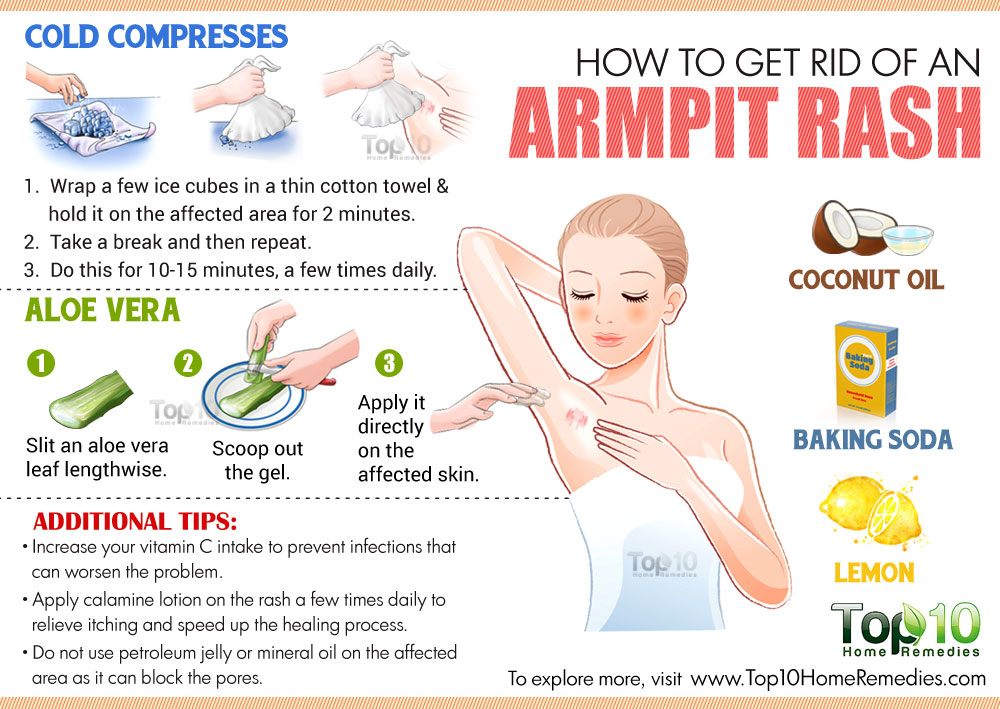 In this case, the herpes virus “wakes up.” A rash on the skin with herpes is represented by one or more adjacent bubble chambers filled with a cloudy light liquid. Along the edges of the bubbles is a reddened area of the skin with dried crusts. Places of rashes with herpes hurt and itch, body temperature may rise (especially with a large localization of the rash).
In this case, the herpes virus “wakes up.” A rash on the skin with herpes is represented by one or more adjacent bubble chambers filled with a cloudy light liquid. Along the edges of the bubbles is a reddened area of the skin with dried crusts. Places of rashes with herpes hurt and itch, body temperature may rise (especially with a large localization of the rash).
Facial rash
Herpes skin rash is treated with antivirals, analgesics and topical ointments. However, to date, alas, there is no such method of therapy that completely removes the herpes virus from the human body. All currently available methods of treatment are aimed at reducing the frequency of exacerbations of the disease, their intensity and duration.
Herpes zoster
This skin disease is characterized by the appearance of primary symptoms resembling the onset of a flu-like condition: body aches, headache, chills, slight fever. A few days later, a more serious increase in temperature occurs – usually up to 38-39degrees. Around the same time, characteristic rashes appear on the patient’s skin – reddish-pink spots, which then transform into small-diameter bubbles with a cavity filled with a clear liquid. Skin rashes are painful to the touch, the patient feels burning and itching. The location of the rash is usually limited to the face and chest area, however, in some cases, the disease also affects the arms or legs. The course of shingles resembles the course of chicken pox: the rash dries out over time, crusts appear on the skin in its place, which are very itchy and itchy. This similarity is due to the cause of both diseases: both chickenpox and shingles are caused by the same herpes zoster virus. Skin rashes with shingles are treated with antihistamines, analgesics and antivirals. Local therapy is also prescribed: skin rashes are recommended to be treated with an antiseptic (brilliant green, fukortsin) – this helps prevent the possibility of an infection bubble getting inside and further suppuration.
Around the same time, characteristic rashes appear on the patient’s skin – reddish-pink spots, which then transform into small-diameter bubbles with a cavity filled with a clear liquid. Skin rashes are painful to the touch, the patient feels burning and itching. The location of the rash is usually limited to the face and chest area, however, in some cases, the disease also affects the arms or legs. The course of shingles resembles the course of chicken pox: the rash dries out over time, crusts appear on the skin in its place, which are very itchy and itchy. This similarity is due to the cause of both diseases: both chickenpox and shingles are caused by the same herpes zoster virus. Skin rashes with shingles are treated with antihistamines, analgesics and antivirals. Local therapy is also prescribed: skin rashes are recommended to be treated with an antiseptic (brilliant green, fukortsin) – this helps prevent the possibility of an infection bubble getting inside and further suppuration. Vaccination is currently used to prevent relapse.
Vaccination is currently used to prevent relapse.
Pyoderma
The disease is provoked by staphylococci and streptococci. These pyogenic bacteria penetrate deep into the skin due to a violation of its integrity, the action of temperature factors, as well as malfunctions in the circulatory system, central nervous system, gastrointestinal tract and metabolic processes. Long-term therapy with the use of corticosteroid and cytostatic drugs can also provoke the onset of the disease. Usually, with pyoderma, hair follicles, sweat and sebaceous glands are affected, both at the surface and at the deep level. Initially, a bubble (conflict) is formed on the affected area of the skin, filled with a cloudy liquid, which then dries up and forms a serous-purulent crust. After healing, the crust disappears, scars usually do not form. Treatment of pyoderma is based on the use of antibiotics inside, as well as local therapy – treatment of skin rashes with antiseptics, antimicrobial ointments. It will be useful to use physiotherapy – UHF therapy for deep forms of pyoderma, as well as the internal use of vitamin complexes.
It will be useful to use physiotherapy – UHF therapy for deep forms of pyoderma, as well as the internal use of vitamin complexes.
Folliculitis
Inflammation of the hair follicle is caused by bacteria and fungi. Pathogens enter small wounds and microcracks on the skin that appear from friction with clothes, in cases of insufficient personal hygiene, with increased sweating, metabolic disorders. The onset of the disease is characterized by the appearance of a small red spot on the skin around the hair, which then turns into an abscess. After the abscess opens, a crust appears on the skin. If untreated, further development of the disease is possible with the formation of a boil, carbuncle. For the treatment of this disease, local procedures are usually performed – treatment of the inflamed element with antimicrobial ointment or antiseptics. In severe cases, systemic use of antibiotics and antifungal drugs.
Non-infectious rashes
Atopic dermatitis (allergy)
Allergy is often manifested by a red rash on the skin, including in unusual places – on the palms, scalp, toes. If you do not think about how to treat an allergic skin rash, atopic dermatitis can develop into other forms of allergic diseases (allergic rhinitis, bronchial asthma). In this case, the first remedy for a rash is to identify and remove the source of the allergy. In addition, antihistamines, anti-inflammatory creams, ointments are prescribed.
If you do not think about how to treat an allergic skin rash, atopic dermatitis can develop into other forms of allergic diseases (allergic rhinitis, bronchial asthma). In this case, the first remedy for a rash is to identify and remove the source of the allergy. In addition, antihistamines, anti-inflammatory creams, ointments are prescribed.
Skin rash associated with contact dermatitis
It develops when the skin comes into direct contact with an irritant. KD manifests itself in the form of a rash and itching on the body at the points of contact with an aggressive substance. When treating such a rash on the body, special care is needed for the affected areas of the skin: elimination of the cause of contact dermatitis, protection against infections, hygiene, restoration of the skin.
Eczema
Eczema is a non-contagious skin disease that appears as a result of external stimuli (chemical, mechanical or thermal) or internal disorders (malfunctions of the endocrine, nervous system, gastrointestinal tract). With eczema, a small reddish-pink rash covers the skin. Rashes are represented by seropapules and microvesicles – small vesicles that quickly open and weeping erosions appear in their place. After some time, weeping begins to dry out, which is why crusts form on the skin. For the treatment of eczema, corticosteroid ointments, vitamin complexes, sedatives, and antipruritics are usually used.
With eczema, a small reddish-pink rash covers the skin. Rashes are represented by seropapules and microvesicles – small vesicles that quickly open and weeping erosions appear in their place. After some time, weeping begins to dry out, which is why crusts form on the skin. For the treatment of eczema, corticosteroid ointments, vitamin complexes, sedatives, and antipruritics are usually used.
Rosacea on the face
The scientific name for rosacea is rosacea. A distinctive feature of the disease is the appearance of a skin rash on the face, represented by reddened bumps. The skin under the rashes usually thickens, the vessels become more visible. Most often, the skin of the nose and cheeks is affected, and the rash can also spread to the forehead and chin. In addition to rashes with rosacea, eye damage often appears, expressed by redness of the proteins, lacrimation, dryness and pain. diseases, chronic stress, infection, malnutrition, alcohol abuse. You can treat a skin rash with rosacea with antibiotics, sedatives, vitamin complexes, as well as local remedies – creams and gels.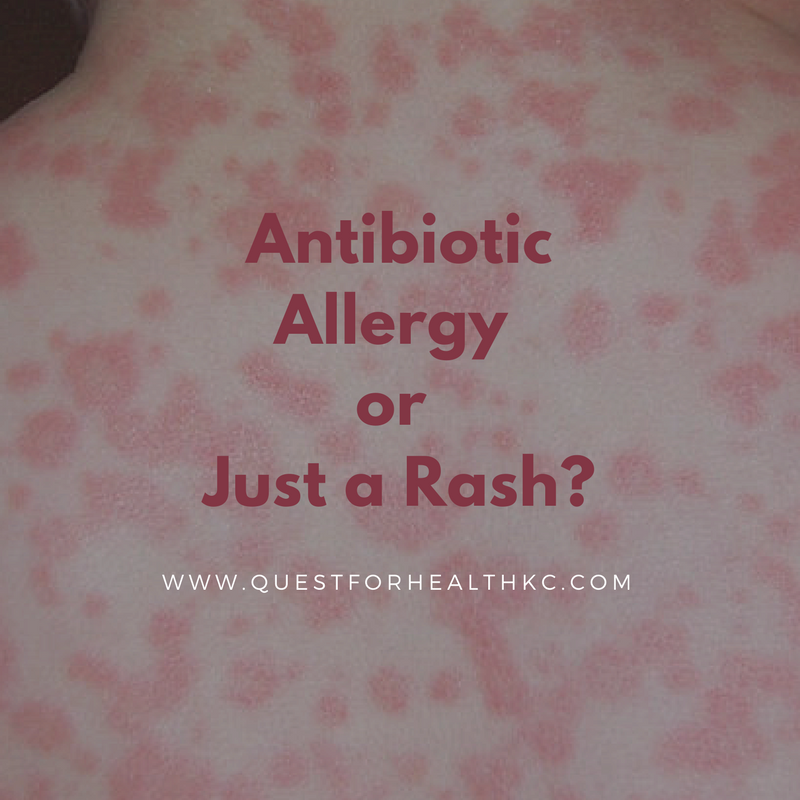 If the skin rash is accompanied by inflammation, corticosteroid ointments may be prescribed.
If the skin rash is accompanied by inflammation, corticosteroid ointments may be prescribed.
Urticaria
The main distinguishing feature of urticaria is extensive edematous pink blisters on the skin, resembling traces from contact with nettle leaves. The rash is very itchy and itchy. The cause of the appearance of skin rashes is usually the reaction of the immune system to a particular allergen. For the treatment of urticaria, antihistamines, corticosteroids, and sedatives are usually prescribed.
Rash on the face
The most unpleasant in terms of aesthetics is the rash on the face: due to the fact that this part of the body is almost always in sight, it is very difficult to hide the rash – this causes the patient a lot of inconvenience. The cause of a rash on the skin of the face may be an incorrectly selected cosmetic product, therapy with the use of corticosteroid drugs, poor personal hygiene, prolonged exposure to direct sunlight, hormonal surges, uncontrolled intake of antibiotics, stress, an unbalanced diet, as well as some allergic reactions and infectious diseases. .
.
Rash on the hands
Rash on the skin of the hands can be caused by contact or atopic dermatitis, exudative erythema, fungal infection, lupus erythematosus, syphilis, poor personal hygiene, excessive sweating of the palms.
Rashes on the legs
The appearance of rashes on the skin of the legs may be the first symptom of infectious diseases, autoimmune diseases, allergic reactions to insect bites, the use of a new food or cosmetic product.
Rash on the neck
Rash on the skin of the neck (especially on the scalp at the back of the head or behind the ears) may be caused by poor hygiene, infection in the hair follicles, increased sweating, rubbing of the collar of the clothes against the skin, allergic reactions (in in particular – on wearing jewelry), hormonal changes in the body.
How to treat a rash with medication?
Of course, the first thing to do when such irritation appears on the skin is to determine its cause. Then – start treating the underlying disease, because a skin rash is just a symptom. Usually, the treatment of an allergic rash on the body, arms, legs, face and neck is based on the use of antihistamines, corticosteroid or non-hormonal ointments and creams, sedatives (if the rash itches and itchy), treatment of skin rashes with brilliant green or fukortsin, dieting. Dermovate, Lokoid and Advantan can be mentioned as effective corticosteroid drugs. From non-hormonal agents, Bepanten, Desitin, Gistan, Glutamol are usually prescribed.
Then – start treating the underlying disease, because a skin rash is just a symptom. Usually, the treatment of an allergic rash on the body, arms, legs, face and neck is based on the use of antihistamines, corticosteroid or non-hormonal ointments and creams, sedatives (if the rash itches and itchy), treatment of skin rashes with brilliant green or fukortsin, dieting. Dermovate, Lokoid and Advantan can be mentioned as effective corticosteroid drugs. From non-hormonal agents, Bepanten, Desitin, Gistan, Glutamol are usually prescribed.
How to treat a rash with traditional medicine?
There are many prescriptions available to help treat skin rashes. However, keep in mind that folk methods for treating rashes cannot be used as independent and basic ones: in any case, it is impossible to cure a skin rash with “grandmother’s” methods alone. In addition, before starting alternative therapy, you should definitely consult a doctor. For skin rashes, it is useful to make lotions from black tea.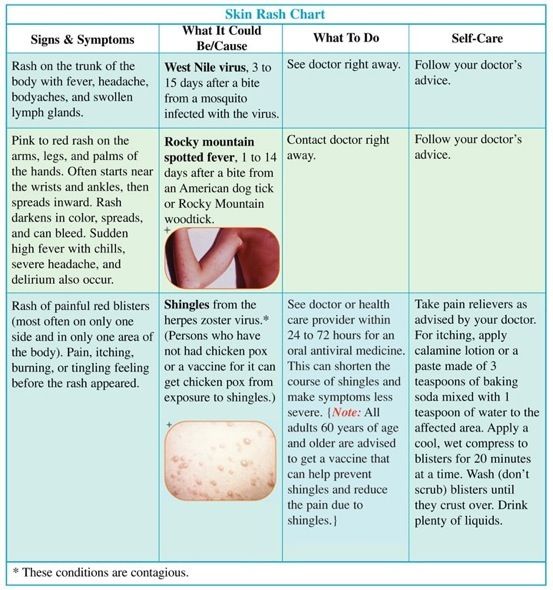 Compresses from sage, chamomile or string are also effective. To prepare each of these products, you need to pour one teaspoon of dry raw materials with a glass of boiling water and let it brew for two hours. After that, it is recommended to strain the infusion and make gauze compresses and lotions on the site of the rash. If the skin rash on the body is represented by a large area, it is much more convenient to do not compresses, but baths with the addition of chamomile and string. The infusion is prepared as follows: you need to take 5 tablespoons of dry plants, pour three liters of boiling water, leave for two hours and add the resulting remedy to a warm bath. pour 100 ml of purified or boiled water, stir to dissolve the mumiyo. Smear the rash with the resulting solution. Freshly squeezed carrot juice is very useful in the treatment of skin rashes. It is recommended to drink it twice a day before meals, one glass each.
Compresses from sage, chamomile or string are also effective. To prepare each of these products, you need to pour one teaspoon of dry raw materials with a glass of boiling water and let it brew for two hours. After that, it is recommended to strain the infusion and make gauze compresses and lotions on the site of the rash. If the skin rash on the body is represented by a large area, it is much more convenient to do not compresses, but baths with the addition of chamomile and string. The infusion is prepared as follows: you need to take 5 tablespoons of dry plants, pour three liters of boiling water, leave for two hours and add the resulting remedy to a warm bath. pour 100 ml of purified or boiled water, stir to dissolve the mumiyo. Smear the rash with the resulting solution. Freshly squeezed carrot juice is very useful in the treatment of skin rashes. It is recommended to drink it twice a day before meals, one glass each.
Care products to restore healthy looking skin
Rashes cannot be treated with skin care products alone. However, when the healing process begins, it is necessary to provide the skin with sufficient hydration and nutrition. You can do this with the help of La Cree. La Cree Revitalizing Cream is an effective cream for allergic rashes, which also helps in the treatment of other types of skin rashes. This tool has a regenerating, soothing and anti-inflammatory effect. The rash cream contains a number of natural additives – walnut extract, succession, violets and licorice, avocado oil, bisabolol, panthenol. These components soothe and soften the skin, promote the healing of scratches and cracks that occur during itching, and have an antimicrobial effect. Panthenol has a regenerating and cleansing effect, strengthening the natural barrier of the epidermis.
However, when the healing process begins, it is necessary to provide the skin with sufficient hydration and nutrition. You can do this with the help of La Cree. La Cree Revitalizing Cream is an effective cream for allergic rashes, which also helps in the treatment of other types of skin rashes. This tool has a regenerating, soothing and anti-inflammatory effect. The rash cream contains a number of natural additives – walnut extract, succession, violets and licorice, avocado oil, bisabolol, panthenol. These components soothe and soften the skin, promote the healing of scratches and cracks that occur during itching, and have an antimicrobial effect. Panthenol has a regenerating and cleansing effect, strengthening the natural barrier of the epidermis.
Opinion of specialists
The conducted clinical study proves the high efficiency, safety and tolerability of La Cree products for daily skin care of a child with mild and moderate atopic dermatitis and during remission, accompanied by a decrease in the quality of life of patients. As a result of therapy, a decrease in the activity of the inflammatory process, a decrease in dryness, itching and flaking was noted.0005
As a result of therapy, a decrease in the activity of the inflammatory process, a decrease in dryness, itching and flaking was noted.0005
- reduces itching and irritation;
- relieves skin redness;
- moisturizes and cares for the skin.
According to the results of clinical trials, product packaging contains information that the creams are recommended by the St. Petersburg branch of the Union of Pediatricians of Russia.
Blisters
responsible medical portal
Eruptions in the form of bubbles
Vesicle (synonymous with vesicle) is the primary element of skin rashes that appears on intact skin due to various reasons. It is a cavity bounded by a lid and bottom, and rises above the skin surface. It is located in the epidermis – the surface layer of the skin. The vesicle is filled with transparent, sometimes turbid (serous) or mixed with blood (serous-hemorrhagic) contents. Size – more often up to 0. 5 cm in diameter. There are single and multi-chamber bubbles. Sometimes they open, the contents expire, erosions form at this place, which, after healing (epithelialization), leave no traces. Large, more than 0.5 cm in diameter, elements similar in structure are called bubbles (or bullae).
5 cm in diameter. There are single and multi-chamber bubbles. Sometimes they open, the contents expire, erosions form at this place, which, after healing (epithelialization), leave no traces. Large, more than 0.5 cm in diameter, elements similar in structure are called bubbles (or bullae).
Causes of blisters:
- prickly heat – a pathological condition of the skin, accompanied by the appearance of many blisters with transparent contents on closed areas of the body and in natural skin folds. The disease develops due to excessive overheating and sweating. Vesicles are scattered or grouped (more often in the folds of the skin – inguinal, intergluteal; in the armpits, under the mammary glands). Sometimes the contents of the bubbles become cloudy and suppurate, the elements are surrounded by a zone of redness; in severe cases, they can merge and form weeping foci.
- herpes simplex – viral disease affects the area of the lips, nasolabial folds, another part of the face, can be located in the oral cavity.
 Vesicles have cloudy contents and are surrounded by a reddish corolla (a zone of hyperemia). Swelling and redness visits the patient even before they appear. Rashes bring pain and discomfort in the affected area, may be merged. After some time, they dry out, crusts form on the surface, sometimes small ulcers. The disease may be accompanied by a rise in temperature.
Vesicles have cloudy contents and are surrounded by a reddish corolla (a zone of hyperemia). Swelling and redness visits the patient even before they appear. Rashes bring pain and discomfort in the affected area, may be merged. After some time, they dry out, crusts form on the surface, sometimes small ulcers. The disease may be accompanied by a rise in temperature. - chicken pox (or shingles) – a disease of a viral nature (causative agent – herpes zoster virus). The rash is staged: first papules appear (raised reddish-pink skin densities), and then they are converted into vesicles, first with a transparent, and then cloudy content. These elements subsequently dry out with the formation of brown crusts. It is localized throughout the body, occurs on the scalp, mucous membranes of the mouth, eyes and genitals. Rashes have a wave-like character, which corresponds to a surge in temperature reaction. The rash passes without a trace if it is not injured by scratching, otherwise scars may remain.

- felinosis or cat-scratch disease – parasitic disease, vector – domestic cats. At the site of a scratch inflicted by a pet or its bite, two weeks later (incubation period), a small papule (a seal that rises above the skin surface) is formed with a zone of redness, which then transforms into a vesicle or pustule (abscess), followed by the formation of a crust. A characteristic feature of the clinic is regional lymphadenitis (damage to the lymph nodes) two weeks after the rash; axillary and ulnar are more often involved in the process, less often – cervical and inguinal. The temperature reaction is expressed.
- scabies – a contagious disease caused by the scabies mite. The way of transmission is contact. Clinic – more often in the skin between the fingers, on the wrist, genitals, the tick makes moves; at the affected sites, a rash appears in the form of papules with a reddish corolla, which can transform into vesicles and be accompanied by itching.
 Scratching the affected areas can lead to infection of the rash.
Scratching the affected areas can lead to infection of the rash. - allergic reaction (contact and food allergy) – manifests itself in the form of contact dermatitis. Rashes may look like bubbles with transparent contents, redness and swelling around; accompanied by severe itching, while, as a rule, the general condition of the patient is not disturbed. When an allergen is identified, eliminated, or antihistamines are taken, the rash is neutralized.
- autoimmune diseases (pemphigus, bullous pemphigoid, dermatitis herpetiformis) is a pathology in which the body’s immune system fights its own healthy cells, as well as body tissues. Rashes affect both the skin and mucous membranes. Bubbles and bullae (bubbles) form, which are very itchy and itchy. In severe cases, internal organs are involved in the process.
- Insect bites (bugs, fleas, wasps, bees, bumblebees, mosquitoes). The rash has the character of vesicles or papules with a bite mark in the center.


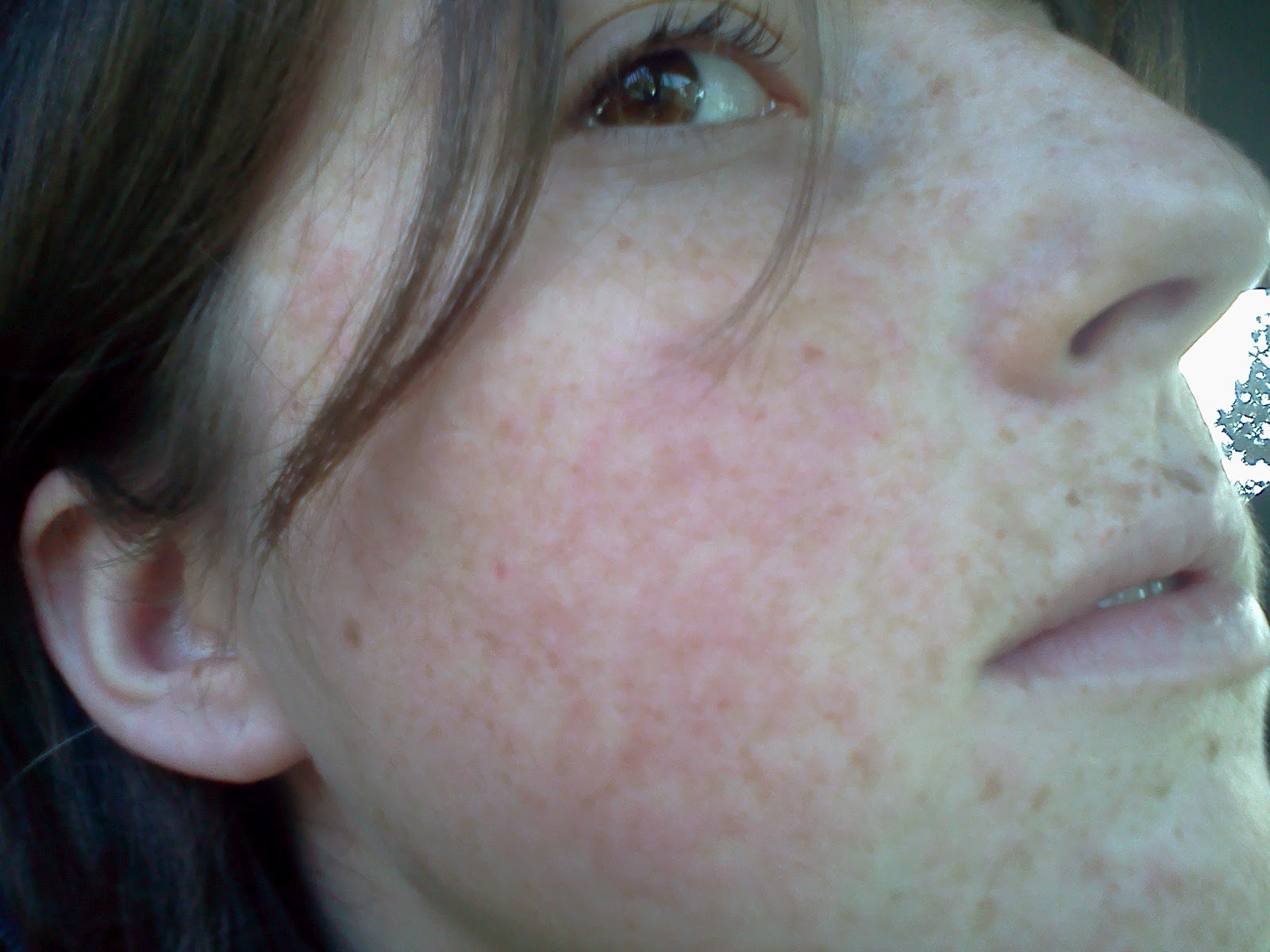
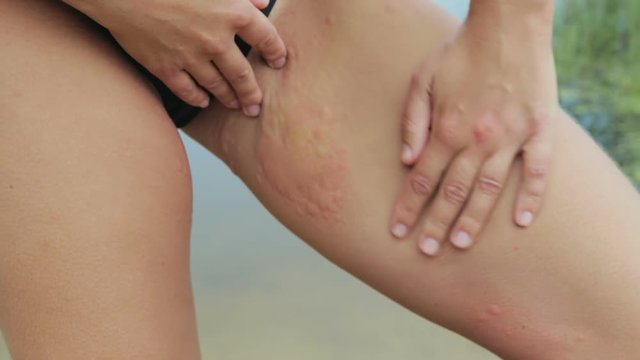 D.
D.
 Vesicles have cloudy contents and are surrounded by a reddish corolla (a zone of hyperemia). Swelling and redness visits the patient even before they appear. Rashes bring pain and discomfort in the affected area, may be merged. After some time, they dry out, crusts form on the surface, sometimes small ulcers. The disease may be accompanied by a rise in temperature.
Vesicles have cloudy contents and are surrounded by a reddish corolla (a zone of hyperemia). Swelling and redness visits the patient even before they appear. Rashes bring pain and discomfort in the affected area, may be merged. After some time, they dry out, crusts form on the surface, sometimes small ulcers. The disease may be accompanied by a rise in temperature.
 Scratching the affected areas can lead to infection of the rash.
Scratching the affected areas can lead to infection of the rash.